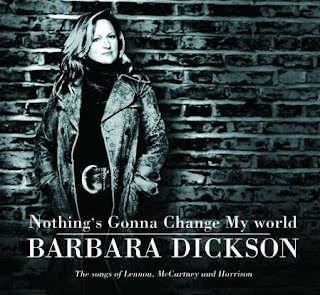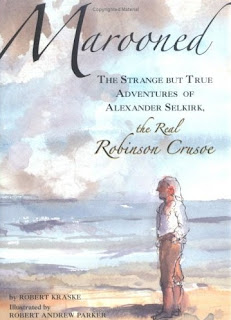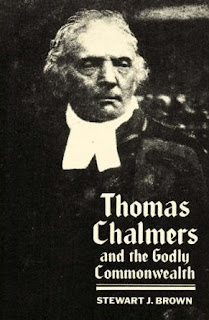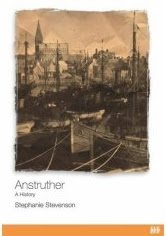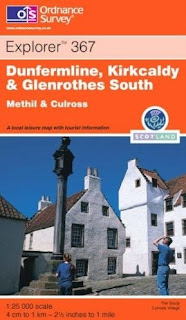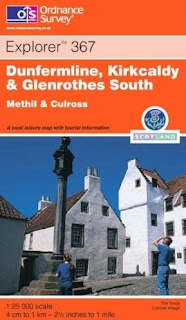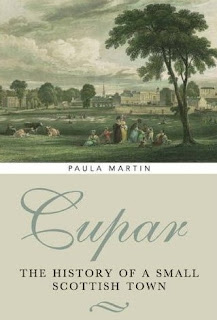
Adam was born in Kirkcaldy, Fife, Scotland, the second son of William Adam (1689–1748), a stonemason and architect who was Scotland's foremost designer of country houses at the time. His younger brother and business partner James Adam was also an architect of some note, as was his older brother John Adam, although both were overshadowed by Robert.
He is considered by many to be the greatest architect of the late 18th century, and a leader of the neo-classical revival in England and Scotland from around 1760 until his death. Sir William Chambers was the leading British official architect of the era, but Adam received many important commissions from private clients and had a more lasting stylistic influence, termed the Adam style.
The name of Robert Adam is today equated, as it was by his contemporaries, with taste, style and elegance. Since his death, the term 'Adamesque' has been used to describe not only ceilings, doorways and fireplaces but objects as various as the City Hall in Charleston and a chamber-pot. A university drop-out, Adam still made his own scholarly contribution to the understanding of classical architecture and was a talented painter as well. As visionary in the decoration of interiors as he was ingenious in the design of exteriors, Adam was more often responsible for the renovation, alteration or completion of existing buildings than for the creation of entirely new ones. Best known perhaps for his work on great private palaces such as Syon and Kenwood, Osterley and Kedleston, Saltram and Culzean, Adam was also responsible for churches and tombs, monuments and market-halls and for such public commissions as the Admiralty Screen in Whitehall and Britain's first purpose-built public archive, The Register House in Edinburgh.
Robert Adam: An Illustrated Life of Robert Adam, 1728-92 (Lifelines)
.
The Works in Architecture of Robert and James Adam. The Brothers Adam were almost single-handedly responsible for infusing Georgian Architecture with the sensibilities and elements of classical Helenic and Latinate design. This illustrated volume details the origins and genesis of the famous Adam Style, and features numerous examples of the Adams' elegant and intricate design.
The Works in Architecture of Robert and James Adam (Dover Books on Architecture) (Dover Books on Architecture)
.
The Genius of Robert Adam, his Interiors.
The Genius of Robert Adam: His Interiors (Paul Mellon Centre for Studies)
.


